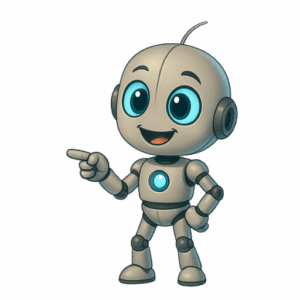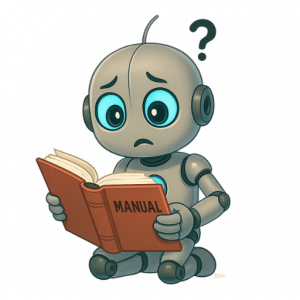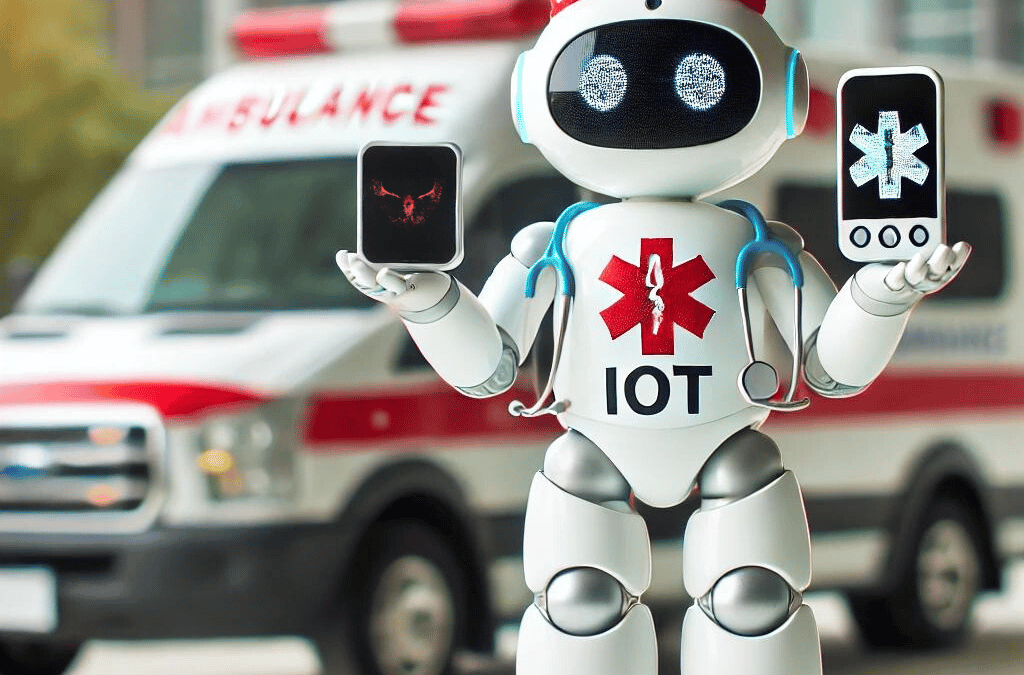
Advancements in PTT Technology: A Comparison with Traditional Communication Methods
July 29, 2024
How IoT Transformed the Paris 2024 Olympics
August 12, 2024IoT in Healthcare: Analyzing NB-IoT vs. Cat-M vs. 5G Adoption in Healthcare Devices
The healthcare industry is increasingly embracing IoT technologies to enhance patient care, streamline operations, and improve outcomes. Among the various connectivity options available, Narrowband IoT (NB-IoT), Category M (Cat-M), and 5G are prominent choices for enabling connected healthcare devices. Understanding the differences between these technologies and their adoption in healthcare can help healthcare providers make informed decisions about which solution best fits their needs.
Simplex Wireless: Enabling Healthcare Connectivity
Simplex Wireless offers a comprehensive range of connectivity solutions that cater to the specific needs of the healthcare sector. By providing support for NB-IoT, Cat-M, and 5G, Simplex Wireless ensures that healthcare providers can choose the best connectivity option for their applications. With competitive rate plans and a focus on reliability, Simplex Wireless is committed to helping healthcare organizations leverage the full potential of IoT technologies.
NB-IoT: A Focus on Efficiency and Coverage
Key Features
Narrowband IoT (NB-IoT) is a low-power wide-area network (LPWAN) technology designed for applications requiring long battery life and extensive coverage. Its key features include:
- Low Power Consumption: NB-IoT is optimized for devices that need to operate for extended periods without frequent battery replacements, making it ideal for remote patient monitoring and wearable healthcare devices.
- Deep Indoor Penetration: Its excellent coverage allows connectivity in challenging environments, such as hospital basements or rural areas where other signals may struggle to reach (Fortune Business Insights) (Maximize Market Research).
- Cost-Effectiveness: NB-IoT modules are generally less expensive compared to other cellular technologies, making it a cost-effective choice for large-scale deployments (Global Market Insights Inc.) (Mordor Intelligence).
Adoption in Healthcare
NB-IoT is gaining traction in healthcare for applications like asset tracking, environmental monitoring, and remote patient monitoring. Its ability to provide reliable connectivity in hard-to-reach areas makes it particularly suitable for rural healthcare settings (Maximize Market Research) (Fortune Business Insights).
Cat-M: Balancing Power and Performance
Key Features
Category M (Cat-M), also known as LTE-M, is a cellular technology that strikes a balance between power efficiency and data throughput. Its key features include:
- Moderate Data Rates: Cat-M supports higher data rates than NB-IoT, enabling applications that require more frequent data transmission, such as telemedicine and connected medical devices (Global Market Insights Inc.) (Mordor Intelligence).
- Voice Support: Unlike NB-IoT, Cat-M supports voice functionality, allowing for applications like emergency call systems and telehealth consultations.
- Mobility: Cat-M is designed to handle mobility, making it suitable for healthcare applications involving patient transport and mobile health units (Fortune Business Insights) (Maximize Market Research).
Adoption in Healthcare
Cat-M is widely adopted in healthcare for applications requiring moderate data rates and mobility, such as connected medical devices and telemedicine platforms. Its support for voice and data transmission makes it a versatile choice for various healthcare use cases (Global Market Insights Inc.) (Mordor Intelligence).
5G: High-Speed Connectivity for Data-Intensive Applications
Key Features
5G is a next-generation cellular technology that offers robust connectivity for data-intensive applications. Its key features include:
- Ultra-High Data Rates: 5G supports significantly higher data throughput than previous generations, making it ideal for applications involving large data transfers, such as high-resolution medical imaging and video consultations (Fortune Business Insights) (Maximize Market Research).
- Low Latency: 5G offers ultra-low latency, enabling real-time applications such as remote surgery and live patient monitoring (Fortune Business Insights) (Mordor Intelligence).
- Massive Device Connectivity: 5G can support a large number of connected devices simultaneously, making it suitable for IoT ecosystems in smart hospitals and healthcare facilities (Global Market Insights Inc.) (Mordor Intelligence).
Adoption in Healthcare
5G is favored in healthcare for applications requiring high-speed data transmission and low latency, such as telemedicine, remote diagnostics, and emergency response systems. Its ability to handle a massive number of connections makes it ideal for supporting complex healthcare IoT networks (Fortune Business Insights) (Maximize Market Research).
Conclusion: Choosing the Right Connectivity for Healthcare
When selecting a connectivity solution for healthcare devices, providers must consider the specific requirements of their applications. NB-IoT is well-suited for low-power, cost-sensitive applications with coverage challenges, while Cat-M offers a balance of performance and power efficiency for applications requiring voice and mobility. 5G provides the high-speed, low-latency connectivity necessary for data-intensive and real-time applications.
By understanding the strengths and limitations of each technology, healthcare providers can make informed decisions that enhance patient care and operational efficiency. As the healthcare industry continues to evolve, these connectivity options will play a crucial role in enabling innovative solutions that improve patient outcomes and streamline healthcare delivery.






